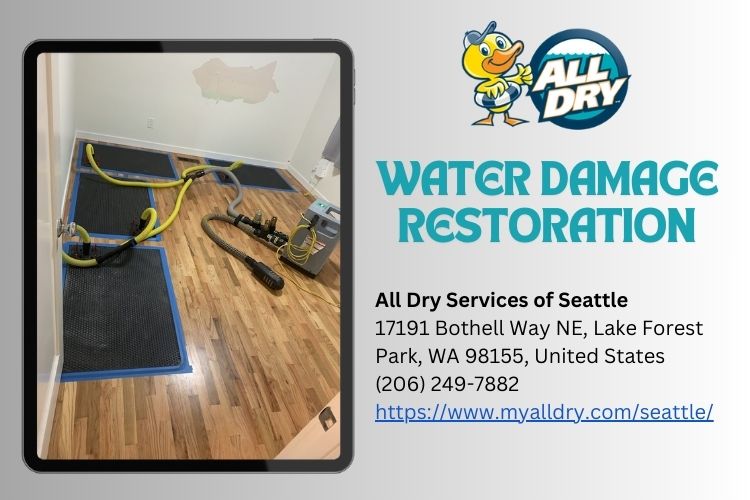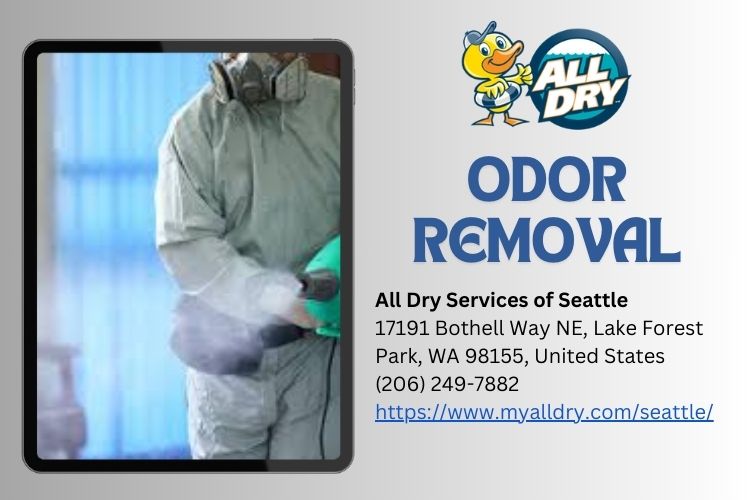Introduction
Water damage is a homeowner's nightmare. Whether it’s due to a sudden storm, a leaking pipe, or an overflowing bathtub, the consequences can be devastating. The aftermath can lead to mold growth, structural damage, and costly repairs. In Lake Forest Park, residents are fortunate to have access to expert water damage restoration services that can help turn things around from flood to fresh. This article will explore various aspects of water damage restoration and mold remediation, providing insights into why professional help is essential.
Table of Contents
Understanding Water Damage- 1.1 What Is Water Damage? 1.2 Types of Water Damage 1.3 Causes of Water Damage
- 2.1 Why Speed Matters 2.2 Assessing the Damage
- 3.1 Initial Assessment and Inspection 3.2 Water Extraction Techniques 3.3 Drying and Dehumidification 3.4 Cleaning and Sanitizing 3.5 Restoration and Repairs
- 4.1 What Is Mold? 4.2 Health Risks Associated with Mold 4.3 Steps in Mold Remediation
- 5.1 Benefits of Hiring Professionals 5.2 Risks of DIY Water Damage Restoration
- 6.1 Factors to Consider 6.2 Questions to Ask Potential Contractors
Understanding Water Damage
What Is Water Damage?
Water damage refers to the destruction caused by excessive water intrusion into structures like homes and businesses, leading to potential health risks or safety hazards if not handled properly.
Types of Water Damage
Water damage is typically categorized into three types:
- Category 1 (Clean Water): This type originates from a clean source such as a broken water supply line. Category 2 (Gray Water): This includes contaminated water from sources like washing machines or dishwashers. Category 3 (Black Water): The most dangerous type, often resulting from sewage backup or flooding.
Causes of Water Damage
Several factors can lead to water damage:
- Heavy rainfall or storms. Leaking pipes or roof leaks. Overflowing sinks or bathtubs. Appliance malfunctions (e.g., dishwashers).
The Importance of Immediate Action
Why Speed Matters
When disaster strikes, every minute counts! Prompt action helps mitigate further damage and reduces repair costs.
Assessing the Damage
An immediate assessment allows professionals to determine the extent of the damage and create an effective restoration plan tailored for your situation.
Water Damage Restoration Process
Initial Assessment and Inspection
This step involves a thorough examination of the affected areas using specialized tools like moisture meters and infrared cameras.
Water Extraction Techniques
The use of powerful pumps and vacuums is crucial for removing standing water quickly, minimizing further damage.
Drying and Dehumidification
After extraction, air movers and dehumidifiers are employed to ensure all moisture is eliminated from walls, floors, and other surfaces.
Cleaning and Sanitizing
This phase includes cleaning contaminated surfaces with antimicrobial solutions to prevent mold growth.
Restoration and Repairs
Finally, damaged materials such as drywall or flooring are repaired or replaced as necessary to restore your home back to its original condition.
Mold Remediation: A Critical Component
What Is Mold?
Mold is a type of fungus that thrives in damp environments, often growing unnoticed until it becomes a problem.
Health Risks Associated with Mold
Exposure to mold can lead to respiratory issues, allergies, skin irritation, and more serious health concerns over time.
Steps in Mold Remediation
Proper mold remediation involves:
Containing the affected area. Removing contaminated materials. Cleaning surfaces thoroughly. Repairing any underlying issues that led to mold growth.DIY vs Professional Services
Benefits of Hiring Professionals
Professional services offer expertise that ensures thorough assessments, appropriate equipment usage, safety measures during cleanup, and adherence to local regulations.
Risks of DIY Water Damage Restoration
While DIY may seem cost-effective initially, it can result in incomplete restoration efforts leading to long-term issues like persistent moisture or hidden mold growth.
Choosing the Right Water Damage Restoration Service
Factors to Consider
When selecting a service provider in Lake Forest Park:

- Look for certifications such as IICRC (Institute of Inspection Cleaning and Restoration Certification). Check online reviews and testimonials. Ensure they offer comprehensive services including mold remediation.
Questions to Ask Potential Contractors
https://www.myalldry.com/seattle/ Water damage restorationBefore hiring anyone:
- How long have you been in business? What types of insurance do you carry? Can you provide references?
Cost Factors in Water Damage Restoration
The cost for restoration varies widely based on several factors:
- Extent of water damage. Type of materials affected. Duration taken for restoration processes. Understanding these elements helps homeowners prepare financially for potential repairs.
FAQs About Water Damage Restoration and Mold Remediation
Q1: How quickly should I act after experiencing water damage?
A1: It's best to act within the first few hours after discovering water damage; this prevents further complications like mold growth.
Q2: Can I clean up minor water damage myself?

Q3: How do I know if I have hidden mold?
A3: Signs include strange odors, unexplained health symptoms among family members, or visible discoloration on walls/ceilings; professional inspection is recommended for confirmation.
Q4: Are all molds harmful?
A4: Not all molds are toxic; however, it's wise not to expose yourself unnecessarily as some can cause allergic reactions or respiratory problems over time.
Q5: How long does the entire restoration process take?
A5: The timeline depends on severity—ranging from just a few days for minor cases up through weeks for extensive damages requiring structural repairs!
Q6: Does my homeowners insurance cover water damages?
A6: It usually depends on your policy details—checking coverage specifics with your insurer will provide clarity on what’s included regarding water-related claims.
Conclusion
In Lake Forest Park, having access to expert water damage restoration services means that residents don’t have to face the aftermath alone—from flood to fresh! Whether you're dealing with standing water from storms or plumbing issues at home—or tackling troublesome mold outbreaks—the right team can make all the difference in restoring your space safely and effectively!
By understanding how vital it is for both immediate action following an incident as well as choosing qualified professionals who specialize in this field—you'll ensure peace-of-mind knowing your home will return back into shape swiftly without compromising quality care throughout every step along this journey!
Contact Us
All Dry Services of Seattle
Address: 17191 Bothell Way NE, Lake Forest Park, WA 98155, United States
Phone number: (206) 249-7882
Website: myalldry.com/seattle